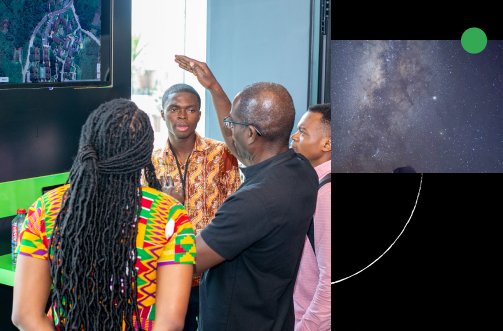
Tomas Pfister
Tomas Pfister is the Head of Cloud AI Research. He came to Google from Apple where he cofounded Apple's central AI research group and published Apple’s first research paper that won the Best Paper Award at CVPR’17. Tomas’ key scientific achievements have been proposing a method to improve the realism of synthetic images; developing the first automated method to detect facial micro-expressions; and inventing a new way for neural networks to exploit spatiotemporal structure. He is currently exploring learning from small amount of labeled data (using techniques such as generative models, few-shot learning, transfer learning) and explainability/interpretability of deep learning models, and is particularly excited about the potential of AI in healthcare & education. His research has laid the foundation for several applications such as Face ID in iPhone X, autonomous driving, human pose estimation, detecting facial micro-expressions & translating sign language. Tomas did his PhD in deep learning with Prof Andrew Zisserman at Oxford University and bachelor’s degree in computer science at Cambridge University. He is the recipient of the Forbes 30 Under 30 award, and has received over 40 research awards, including 3 best paper awards, with numerous publications in top AI research venues. His work has been frequently featured in mainstream media, including Forbes, BusinessInsider & Wired.
Authored Publications
Sort By
Google
Chain-of-Table: Evolves Tables in the LLM Reasoning Chain for Table Understanding
Zilong Wang
Hao Zhang
Chun-Liang Li
Jingbo Shang
ICLR (2024)
CodecLM: Aligning Language Models with Tailored Synthetic Data
Chun-Liang Li
Jin Miao
NAACL 2024
ASPEST: Bridging the Gap Between Active Learning and Selective Prediction
Somesh Jha
Transactions on Machine Learning Research (TMLR) (2024)
SQL-PaLM: Improved Large Language Model Adaptation for Text-to-SQL
Satya Gundabathula
Hanjun Dai
Hootan Nakhost
TMLR (2024)
Found in the middle: Calibrating Positional Attention Bias Improves Long Context Utilization
Cheng-Yu Hsieh
Yung-Sung Chuang
Chun-Liang Li
Abhishek Kumar
James Glass
Alexander Ratner
Ranjay Krishna
2024
FormNetV2: Inductive Multimodal Graph Contrastive Learning for Form Document Information Extraction
Chun-Liang Li
Hao Zhang
Xiang Zhang
Kihyuk Sohn
Nikolai Glushnev
Joshua Ainslie
Nan Hua
ACL (2023)
